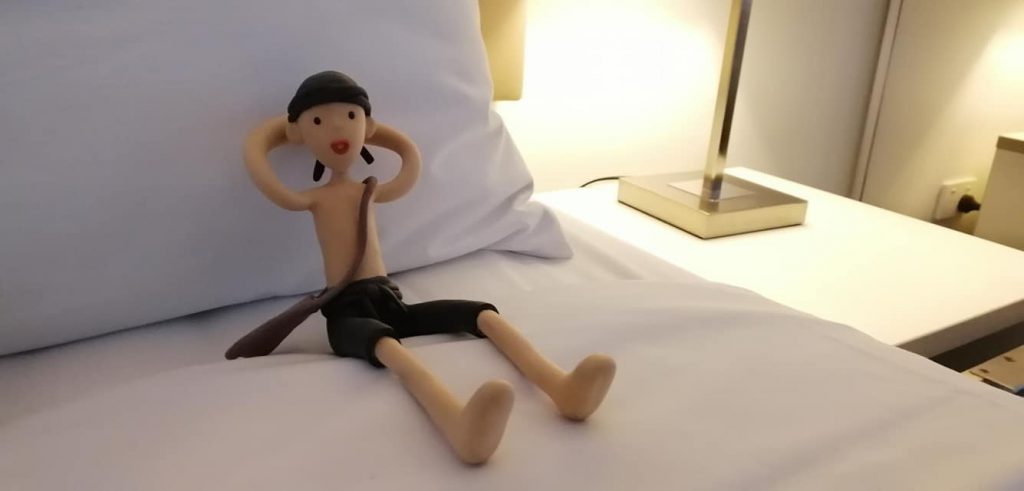CONVERSATION #3(Souliya Phoumivong)
20.08.11
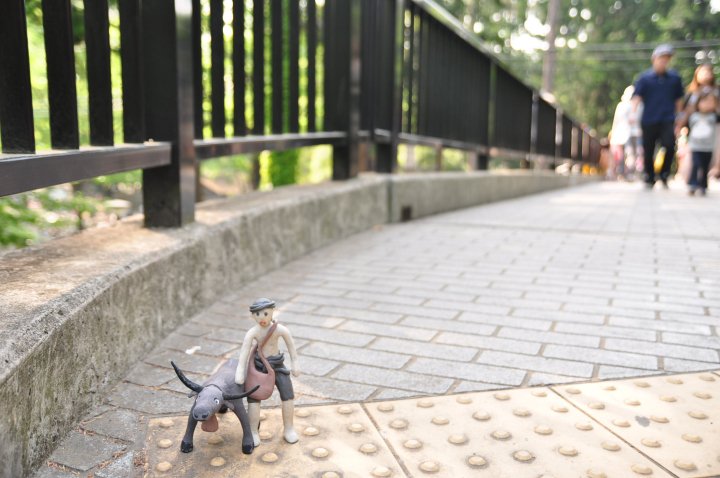
Souliya Phoumivong(Lecturer at National Institute of Fine Arts, Lao / Animation Artist)
Interview by Haruka Iharada(Research Associate, Tokyo University of the Arts)
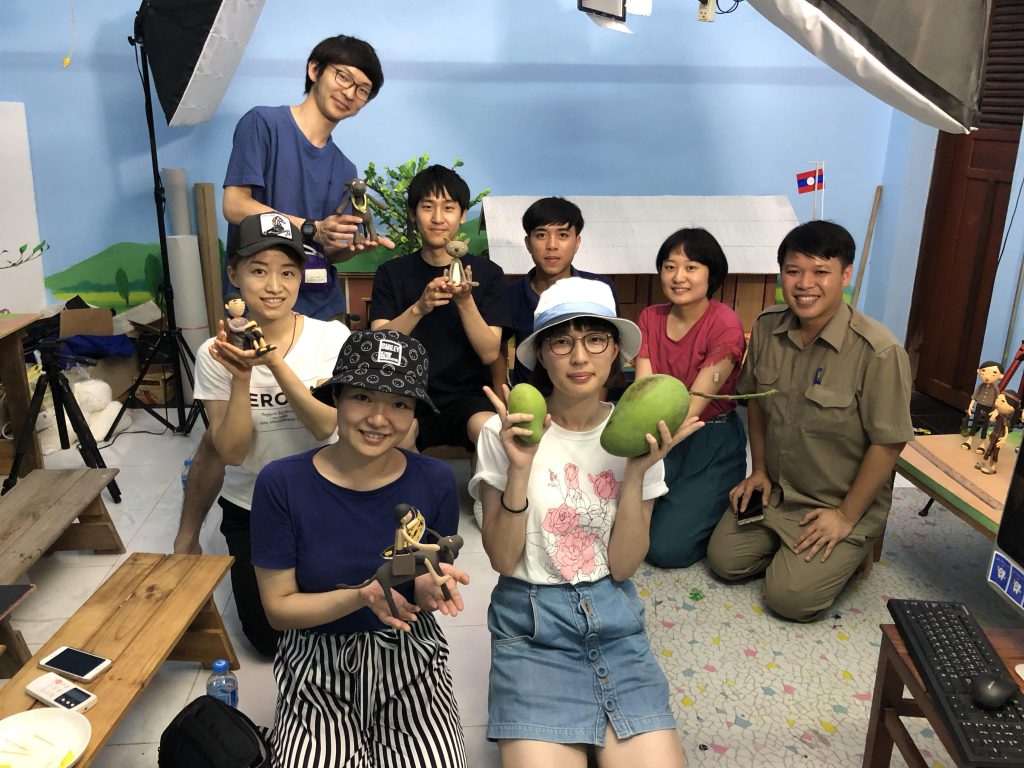
It’s been a while. Your hair is shorter.
I was actually ordained as a monk about two weeks ago and was staying in a temple. My mother got sick and went into a coma, so I was ordained to pray for her recovery. I don’t know what happened, but four or five days after I was ordained, my mother’s condition recovered. That’s why my hair is so short now.
I see! I’m not very familiar with the Buddhist system, so it’s a bit of a surprise to hear that you were ordained. So, there is such a thing as being ordained for prayer? What do you do in the temple?
Yes, there is such a thing. This time, I was only ordained for seven days because it was for prayer. While I was in the temple, I did so many things. This time, I painted a picture of a holy tree on the wall behind the big Buddha. I posted about it on Facebook and, to my surprise, money was raised for the temple, so after I finished painting, I planted flowers and did some gardening in the temple garden with the monks. I also built a little hut for visitors to the temple to relax in. I did quite a lot of things while I was there. Then when I was leaving the temple, a neighbor said, “I wish you’d stay here longer”.
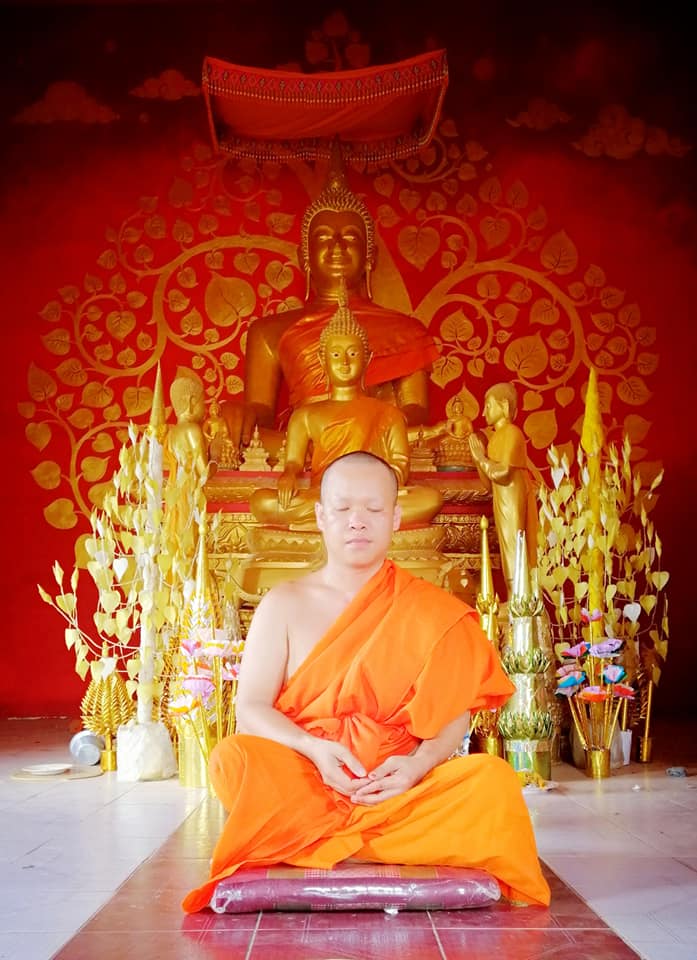
What an interesting episode! You’re working as an animator as well as teaching at university. How and why did you get started in animation?
I’m an artist and many people call me the “Media Artist of Laos.” I mainly make stop-motion animation work with clay, but I also take photos and paint. Although, for the past eight years I’ve been working on stop-motion animation, and haven’t been painting recently. Also, I’m the founder of Clay House Studio, and I teach media, photography, video and animation as a lecturer in the Department of Visual Communication and Design in NIFA.
I started doing stop-motion animation in 2010. I had the opportunity to participate in the JENESYS Programme as an artist from Laos and stayed at Youkobo Art Space in Tokyo for two and a half months. At the time, I didn’t have any knowledge about or experience with video or stop-motion because I was a painter originally and had studied painting at NIFA. But I got the chance to go to Tokyo, and I wanted to use this as an opportunity to learn something new, that I hadn’t known before. I knew about interesting Japanese animation, so I asked the owner of Youkobo Art Space for advice on how to become an animator. Also, because my purpose for going to Japan when I got the scholarship was not to study painting, but to experience new media and art, I visited an animation school and various museums during my two months there. I have very fond memories of learning various techniques at the Suginami Animation Museum. During my stay in Tokyo, I made my first stop-motion animation works, Big World. Big World is the story of a Laotian boy and a buffalo in Tokyo, a city of a size they had never seen before, and the kinds of encounters they have with the Japanese people, and how they see the big world. In the story, they go to a lot of places and meet different kinds of people. At the time, I felt people in Japan knew hardly anything about Laos. I had the sense that they thought Laos was only a part of Thailand or Vietnam, and that was it.
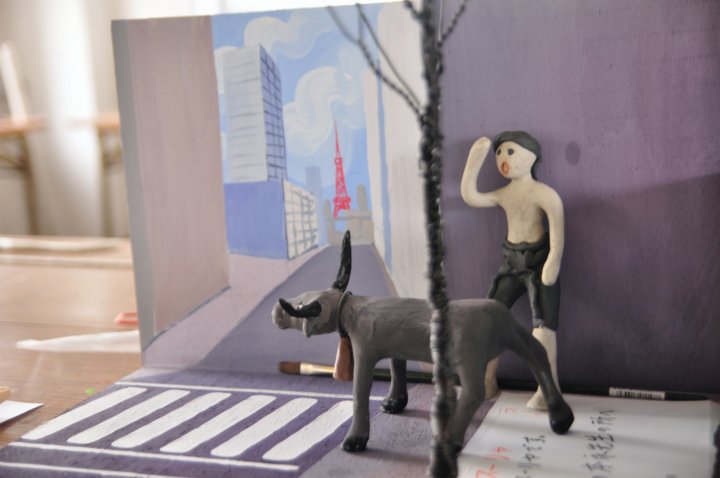
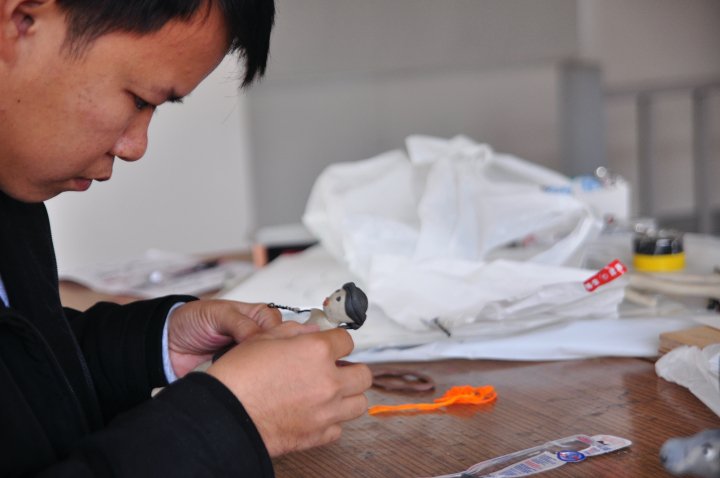
When I returned to Laos, I thought that if I didn’t do anything here, I would forget my experience in Tokyo. So, I talked to the director of NIFA about starting a media club at the university, and invited people to participate in my workshops. And surprisingly, as many as 70% of the students and faculty at the university wanted to participate. I think that’s because it was a new experience for them, too. But there was a problem. We needed a computer, but I only had my own personal computer. Participants quit one by one because there wasn’t enough equipment for them to learn properly. In the end, there were only seven students left. But those seven people now have professional skills and have jobs related to media, whether in a company or otherwise.
Because of the workshop, NIFA was able to offer a major in media studies in 2012. However, there was another problem. We didn’t have a teacher who could teach media techniques. As I mentioned earlier, I was originally from painting, and when we founded this department, there were no video or animation classes. We started with graphic design and had only two students at that time. That’s why we couldn’t teach our students anything, because we didn’t have the equipment and we weren’t experts in design. We approached local companies for cooperation in various ways, and until about 2015, we did that kind of trial and error.
In 2015, NIFA moved to a larger building. I’m sure you’ve all been here before from TUA. As a result, we got a lot of empty rooms. That’s why we decided to start a class for visual arts and animation in our department. However, there were only two students in the first year, again. And one of them was a student who had been on this major before that. Since then, the number of new students has increased rapidly, from 6 in the second year, to 12 in the third year, 28 in the fourth year, and 27 in 2019, which is the current academic year. There are now more than 50 students in total. And we have a few computers, too. We’ve also had more opportunities to invite instructors from abroad for classes. I think our current state of the major is very good. The number of students is just right. The money we can spend on students is very small, about $200 per year in US dollars. Of course, this is not enough to provide sufficient equipment. So, the students have to provide their own equipment but that works for them.
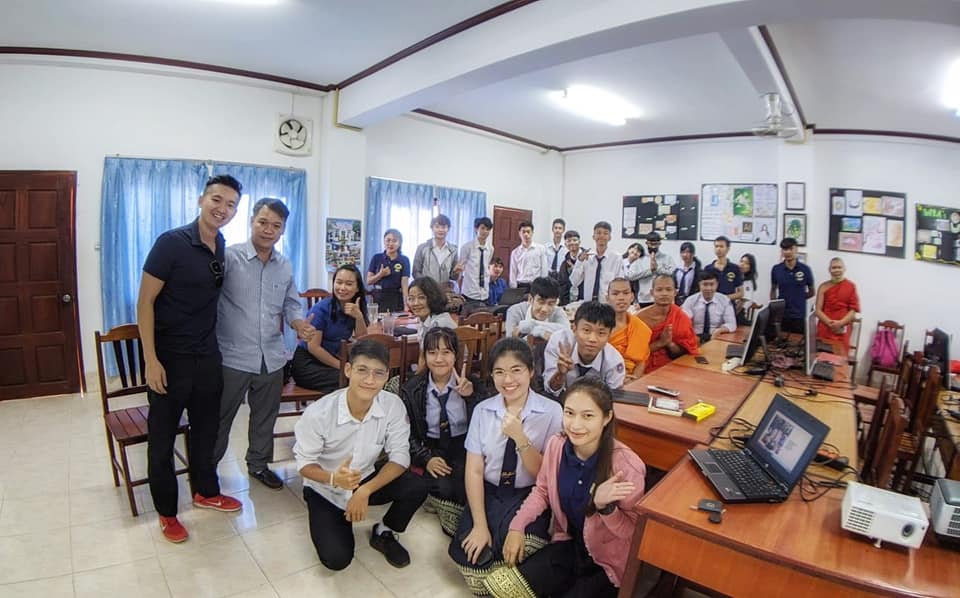
What do you teach in your classes?
At the moment, we have two subjects in our major: one is design and the other is video and animation. I’m in charge of video and animation. In class, we teach shooting techniques, how to come up with ideas, how to create a story, how to write a storyboard, and more. The students will also create their own work. We still don’t have the best equipment and environments, so we try to figure out creative methods that don’t depend on expensive equipment. We use whatever we can, including smartphones and used cameras. We’ve been fortunate in having a local production company provide equipment for student work. For example, a company in Vientiane provided cameras and equipment for us this year. Companies are also looking for new staff to help them, and NIFA is the only place where young students can study media in Laos.
You also mentioned that you are the founder of the Clay House Studio, could you tell us about the activities there?
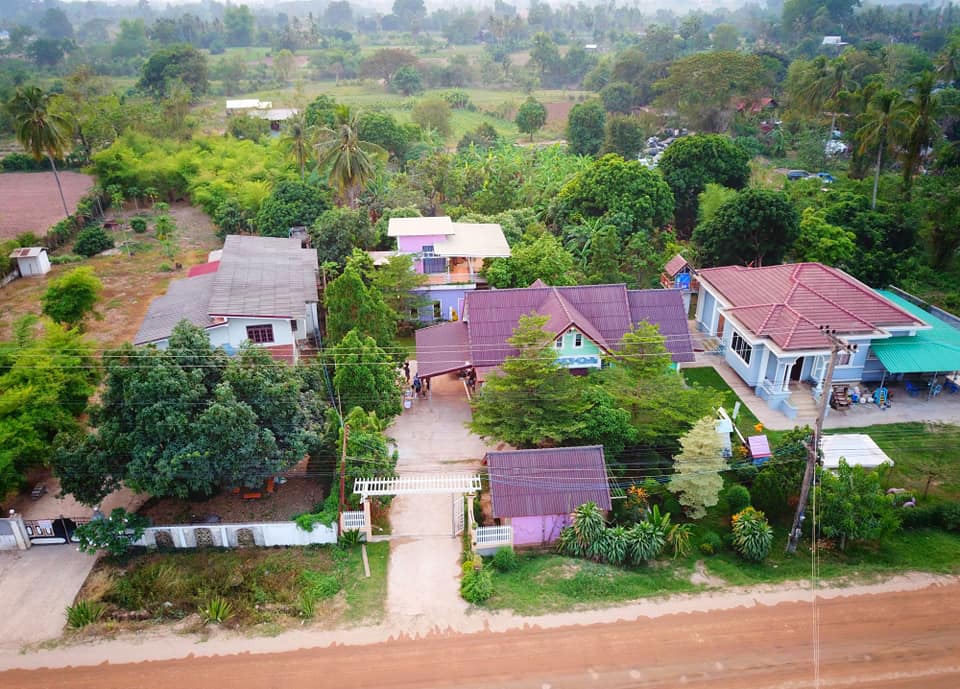
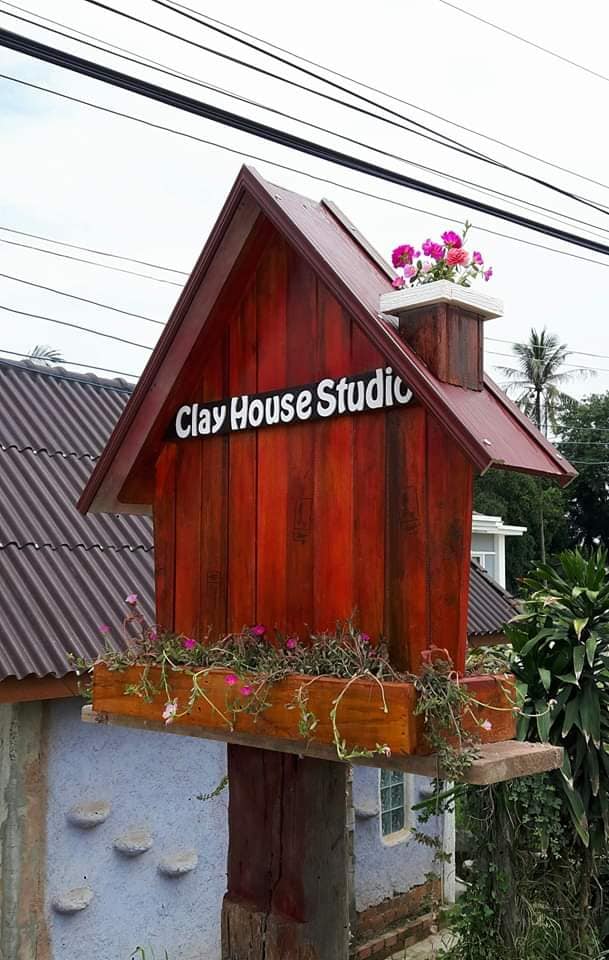
Of course. Alongside teaching at the university, I also created Clay House Studio. It’s a studio for my work. Fortunately, I was able to get a job offer shortly after I returned from Tokyo, working on a TV program. I built Clay House Studio because I needed an environment for that. Mainly I make stop-motion animations here, and I also make puppets for my work. It’s a very standard stop-motion animation studio. But this studio is all handmade. Of course, I didn’t have any experience in building a studio at the time, and I didn’t know what equipment or clay to use for my work. The Clay House Studio is located in my house.
From 2012 to the present, I’ve worked on two TV series commissioned by a British organization. We started on a series of educational programs for children, called Learn Together, in 2016 and finished just before Covid-19.
I’ve also been making art, or personal work while working on programs for children. From 2018 to 2019, I created a stop-motion art work based on my personal ideas. It’s kind of like the story of the buffalo that I made in Tokyo. I am currently working on a project for the Bangkok Art Biennale coming up at the end of this year.
In the future, we are planning to use this location as an art space. I would like to have an exhibition to show the puppets for clay animation and the various other things here. The idea is to make a small gallery, or maybe a small museum.
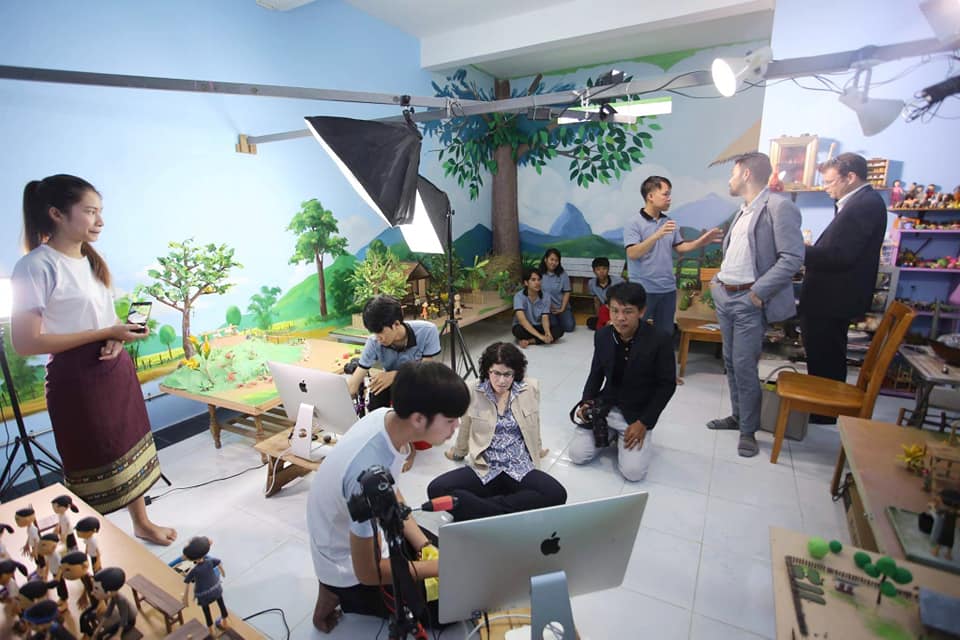
That’s a very good plan. Also, on your Facebook page, you’ve been frequently uploading pictures of melons with your students. It seems that the Clay House Studio isn’t just doing animation, what’s with the melons?
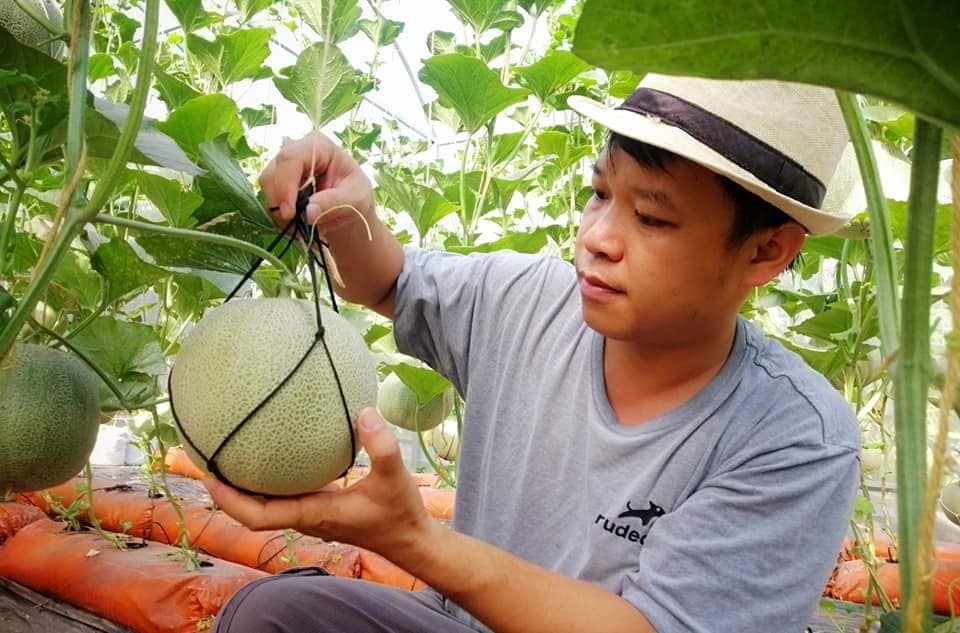
Oh, that’s because of Covid-19. I think the situation is similar all over the world, but in late February of this year, the Lao government shut down the country and put all kinds of restrictions in place. People are struggling to get by. For me too, I didn’t have a job. People had to stay at home, no one could open their door. I couldn’t go anywhere, and had to stay in my house with my family. That’s when I came up with the idea of growing melons. I thought I’d try it during Covid-19. We now have a melon farm behind our house. I told you before that I was going to use Clay House Studios as an art space, but I’m thinking of creating a space here that combines art and agriculture. And I’m thinking of calling this idea “Art-griculture.”

That’s interesting. You mean to join art and agriculture together.
I’m an artist. And in this space I make art and grow organic vegetables, plants and melons. So I am creating both art and plants here. If people ask me for an art workshop here, I’ll give them an art workshop. And if people ask for a workshop on agriculture, I can do workshops on agriculture as well. How to grow melons, and so on. I’m not sure why I chose melons, but they are not produced in Laos, they’re foreign imports and have an image of being expensive. I found out when I tried to grow them that the reason melons are so expensive is because they aren’t easy to grow. Also, you can paint on the skin of a melon during the growing process. When I posted about it on Facebook, a lot of people were surprised and said, “I’d like to see how you make that melon too” and “I’d like to see your farm.” It’s a lot of fun.
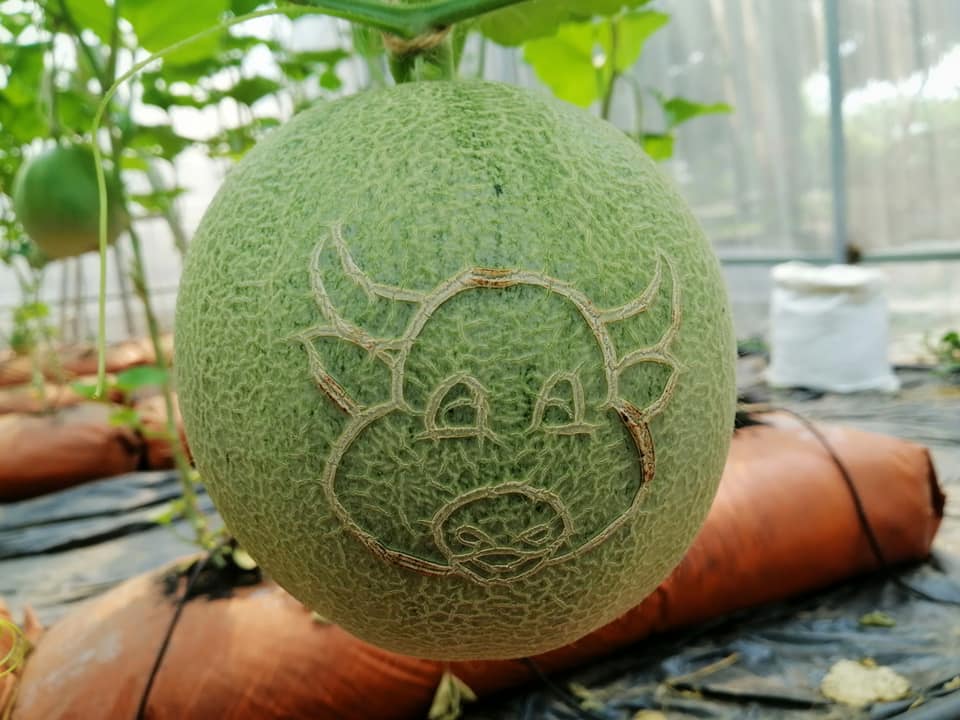
Can you tell me a little bit more about the Covid-19 situation, including some specific impacts it’s had?
I’m guessing the same thing is happening everywhere, but Covid-19 has changed everything. This state of affairs is called the “new normal,” and we have to do new things while acting as if things were the same as always. Laos is depending on imports because there is not enough domestic production for everything. So the economic damage caused by this situation is a big problem.
Universities have also been affected. The university was closed from mid-March to early May. And when the college reopened, this may have only been a problem for the universities of art, but a lot of students had become very lazy. When the university was closed, we tried online classes, but it didn’t go very well. When the university first opened after such a long closure, students had become very lazy about their studies because they had been home for so long. Now it’s been about a month since then but it’s been a very slow pace. Fortunately, there have been no deaths in Laos from Covid-19, and few cases of infection. I think the quick response of the government was the correct decision. Now, people can move freely within the country as long as they pay attention to the new normal, and life is almost back to how it was.
However, if we open up the country and movement from other countries starts up, there is a concern about the impact from overseas because we’re a landlocked country. And in education, how to continue our relationships with foreign universities and institutions is a big issue. Exchange programs and projects with all countries, including Japan but also Australia and China, have stopped. So for now, we have to continue to stand on our own feet domestically. I think we will begin to see movement to and from neighboring countries soon.
We started a project called “DigiCon Laos” with the Japan Foundation in the middle of Covid-19. The project is sponsored by TBS, a Japanese TV company. This is the first of its kind in Laos, and students and young animators will participate. You will be able to see it in Japan too. In a world where we cannot move, we need to continue with initiatives like this.
